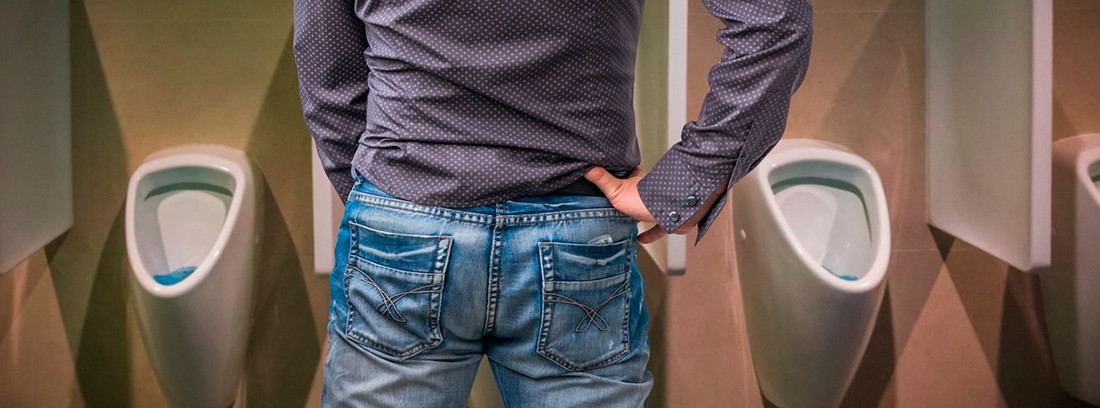Urinary infection

The urinary tract infection It comprises a wide variety of pathologies whose common denominator is bacterial colonization from the urethral meatus to the renal parenchyma, which can affect the urinary tract or urinary tissue (kidney, prostate) and are, after respiratory infections, the most common infections frequent in our environment.
Types of urinary infection
Urinary tract infections are classified according to their severity into: complicated and uncomplicated and, depending on their location, into: upper and lower.
For its complication
Uncomplicated urinary tract infection affects individuals with a structurally normal urinary tract and whose defense mechanisms are intact.
The complicated one affects those patients with some structural or functional abnormality in the urinary tract or patients with underlying diseases that predispose to infections (diabetes, immunosuppression, etc.)
Because of its location
- Cystitis: lower tract infection (urinary bladder)
- Pyelonephritis: upper tract infection (kidney and ureters)
Urinary infection is associated with pyuria, with the presence of, indicative of an inflammatory response of the urinary epithelium, and with bacteriuria, with the presence of bacteria in the urine. Bacteriuria can be asymptomatic (it does not produce symptoms), not assessable (due to a small amount of bacteria or poorly collected urine), and symptomatic.
The most common microorganisms in urinary tract infections are gram negative bacilli, and of them those belonging to the Enterobacteriaceae family, E.coli being found in more than 80% of urine cultures. UTIs are different in patients who contract the infection during a hospital stay. In these cases, infection by two or more bacteria (Proteus, Klebsiella, Pseudomona) is more frequent, being strains more resistant to antibiotics.
Symptoms
It is a banal infection. The child does not have a fever and only has discomfort when urinating: itching, pain (dysuria), abdominal discomfort and emission of a small amount of urine but very frequently (polyakiuria)
It is a more serious infection, it is accompanied by high fever and poor general condition. In babies, fever is sometimes absent and the symptoms are nonspecific: vomiting, refusal of food, and poor appearance.
In the older child there may be pain in the lower back (at the level of the kidneys) and cystitis symptoms may coexist.
Diagnosis
The diagnosis is made by analyzing the urine and a culture to isolate the germ causing the infection. In children under one year old, urine collection can be done with a special collection bag, previously cleaning the area very well. In some doubtful cases the urinary catheterization (place a catheter in the urethra to the bladder and collect the urine) or a suprapubic puncture (puncture the bladder from the abdomen to extract urine).
In all the children diagnose pyelonephritis A study should be performed to rule out or confirm vesico-ureteral reflux.
Treatment
The treatment is always with antibiotics. In cystitis the antibiotic is given orally and they do not need hospital admission. In the case of severe pyelonephritis, treatment is carried out in the hospital with intravenous antibiotics.
The urine culture We will determine the causative germ to refine, if necessary, the most appropriate type of antibiotic.
It is recommended to copious intake of water to facilitate the elimination of bacteria in the urine.
Prevention
The only prevention is to study if there are malformations of the urinary tract in the child or reflux to put the appropriate treatment and avoid recurrent pyelonephritis that can, in the long run, damage the kidney.
(Updated at Apr 14 / 2024)